Seriously, today's TV audiences really have absolutely no clue of how good they have it when it comes to entertainment choices. Back in the day when I was a sprite, you were lucky if you had six TV channels; and even having good reception of those six depended upon good weather! Now, anything and practically everything is available at a moment's notice by simply the click of a mouse.
As one of the web's resident "old dogs," I went looking for a DVD release of Sir Arthur Conan Doyle's The Lost World -- one of the syndicated program's of only the near yesteryear -- and, lo and behold, it's out of print and listed in an amazing couple hundred of dollars cash these days. Ay carrumba! (What can I say? That's too rich for my blood, and I'm kinda/sorta on a 'Lost World' kick, having just finished reading Edgar Rice Burroughs' Caspak trilogy.) So I don't have any real graphics to add, but I did spend an hour or so yesterday afternoon creating a banner with Photoshop and listing the episodes of the cult hit's first season on the pages. Seek 'em out, if ye be so bold.
As always, thanks for reading ... and live long and prosper!

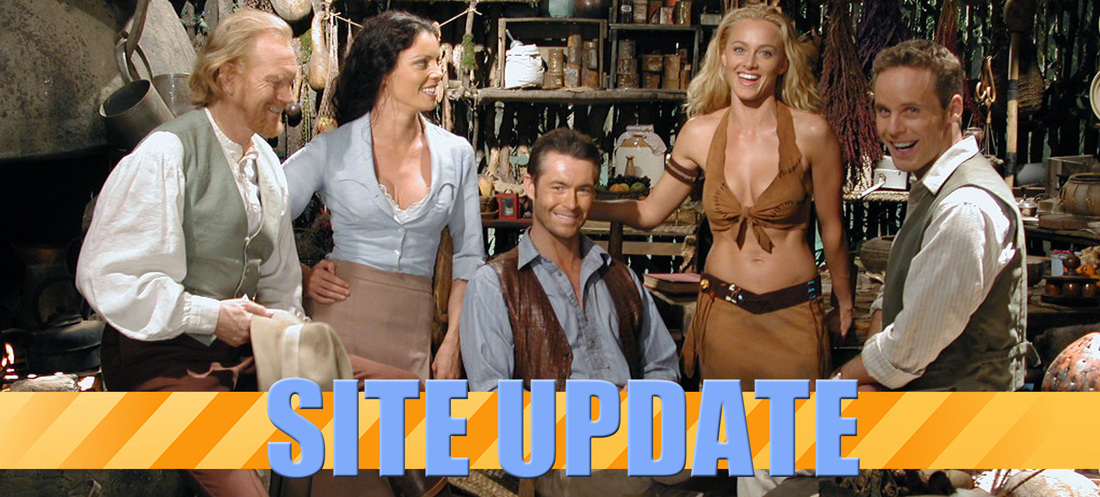
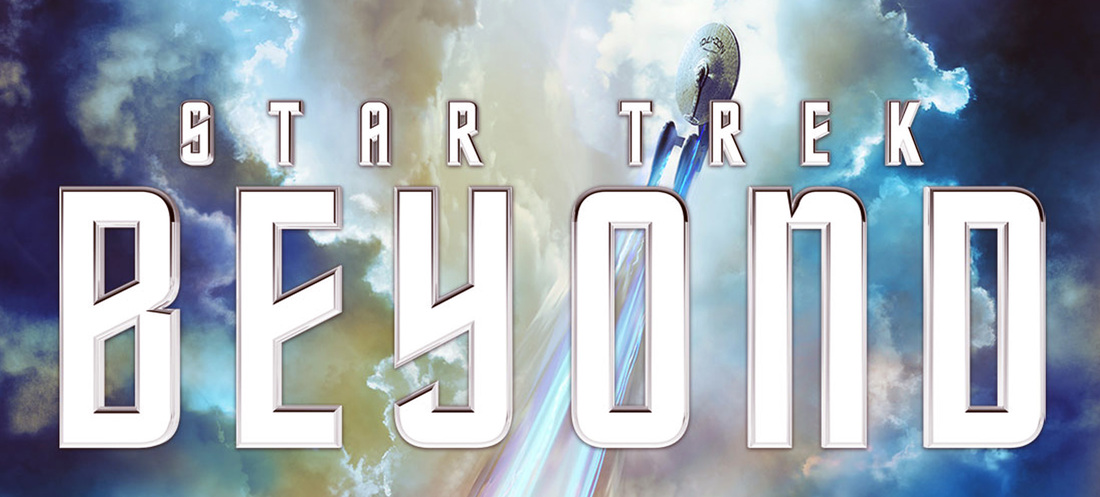
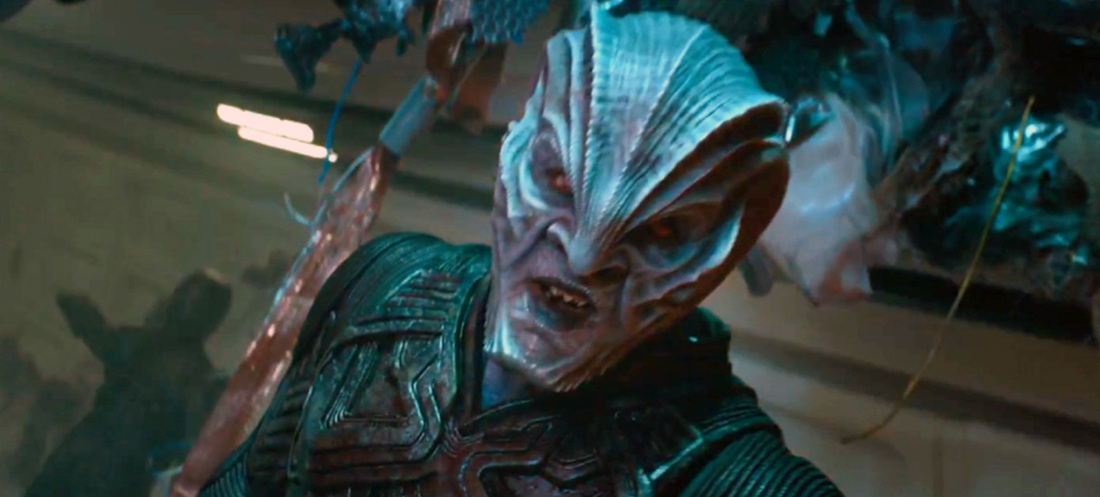
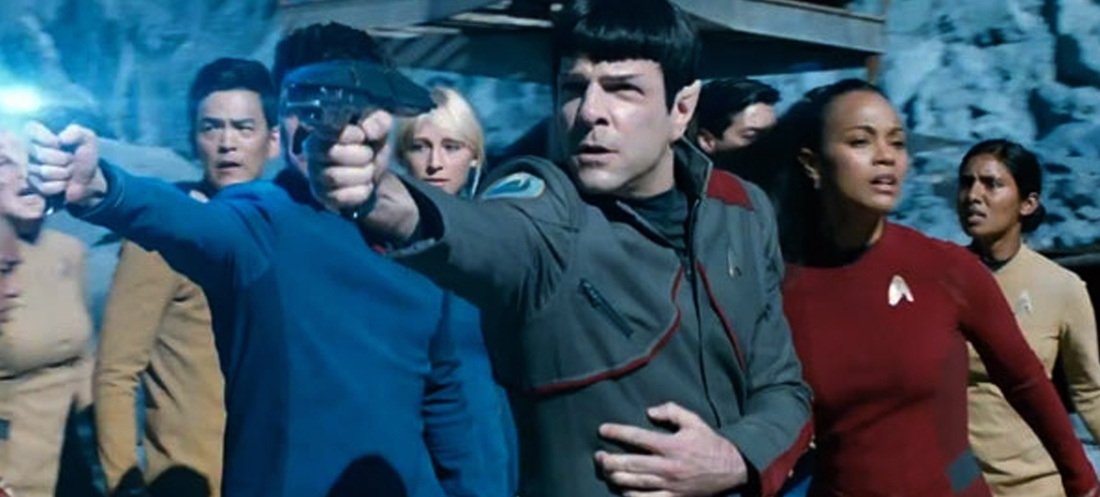



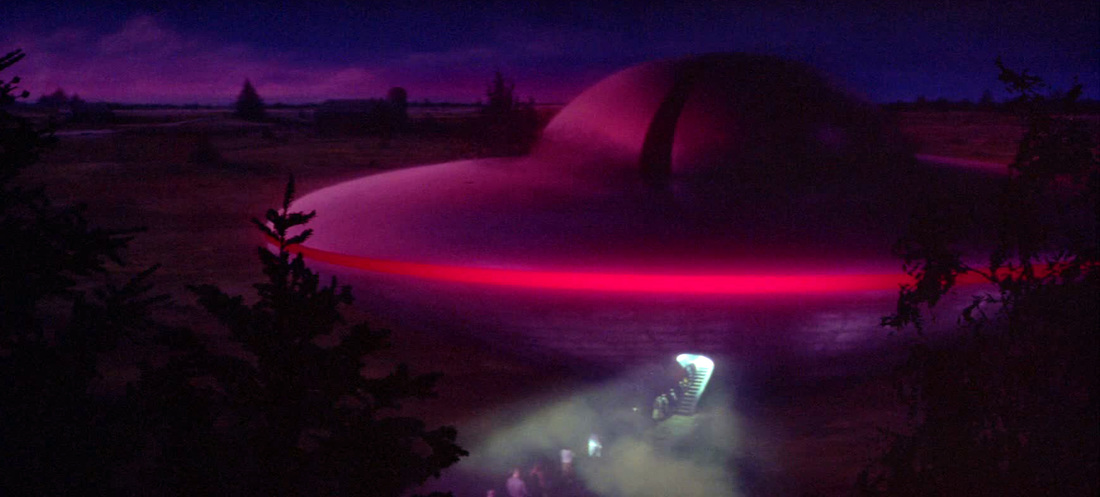
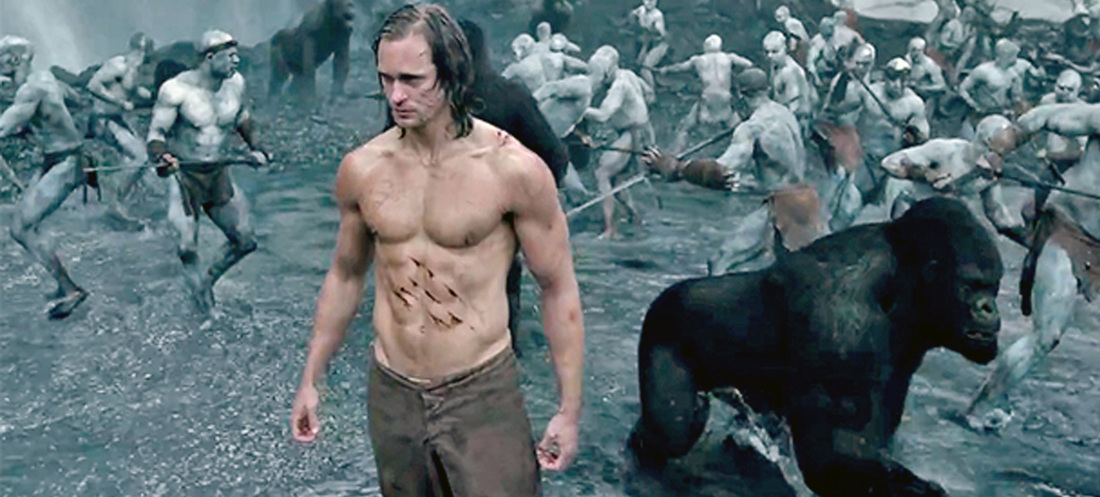
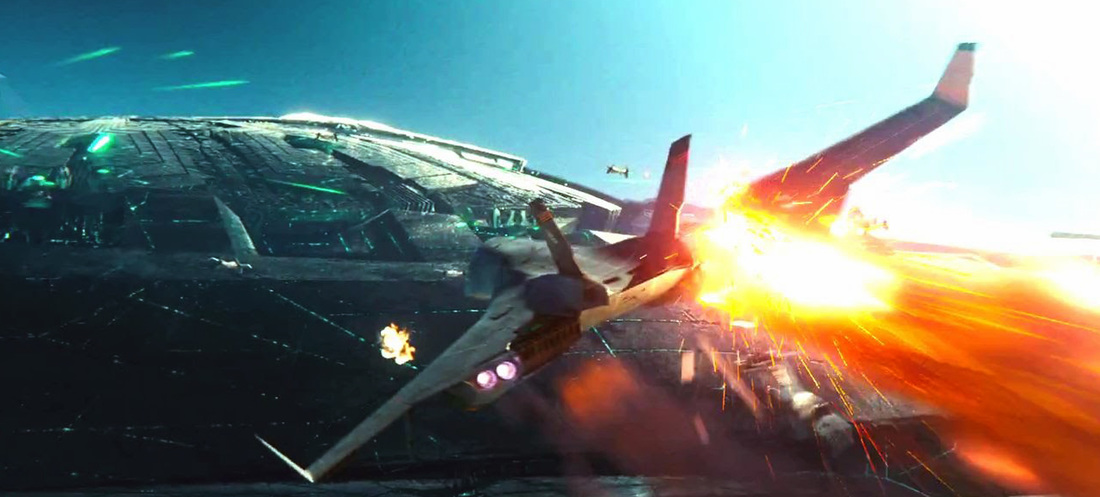
 RSS Feed
RSS Feed